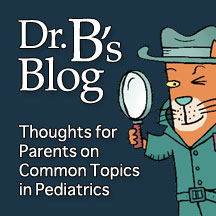 When parents call me about rashes, I often hear that a child has “hives.” In most cases, parents use this term incorrectly. The question is, does that matter?
When parents call me about rashes, I often hear that a child has “hives.” In most cases, parents use this term incorrectly. The question is, does that matter?
The factors that cause most rashes in children are environmental (insect bites, heat rash, allergic reactions) or infectious (viruses, bacterial, fungal). Hives are usually caused by viruses, but they can also occur with strep and allergic reactions to foods. (If you suspect that your child has hives because of an allergic reaction to a food, you should give him Benadryl and call the doctor right away. If your child also has coughing or trouble breathing, you should call 911 in case he’s having an anaphylactic reaction.)
The thing that distinguishes hives from other rashes is the margin between the normal skin and the rash. Most of the rashes children get consist of flat areas with or without a scale and small, raised bumps. (Doctors call flat rashes macules, bumps papules and hives wheals.) Papules come in different sizes, but they have one thing in common. The region between normal skin and the lesion rises slowly like a hill. With wheals (hives), the region between normal skin and the lesion rises more sharply, like a plateau. If you’ve ever seen a welt, the raised area at the edge is more characteristic of a wheal than a papule.











